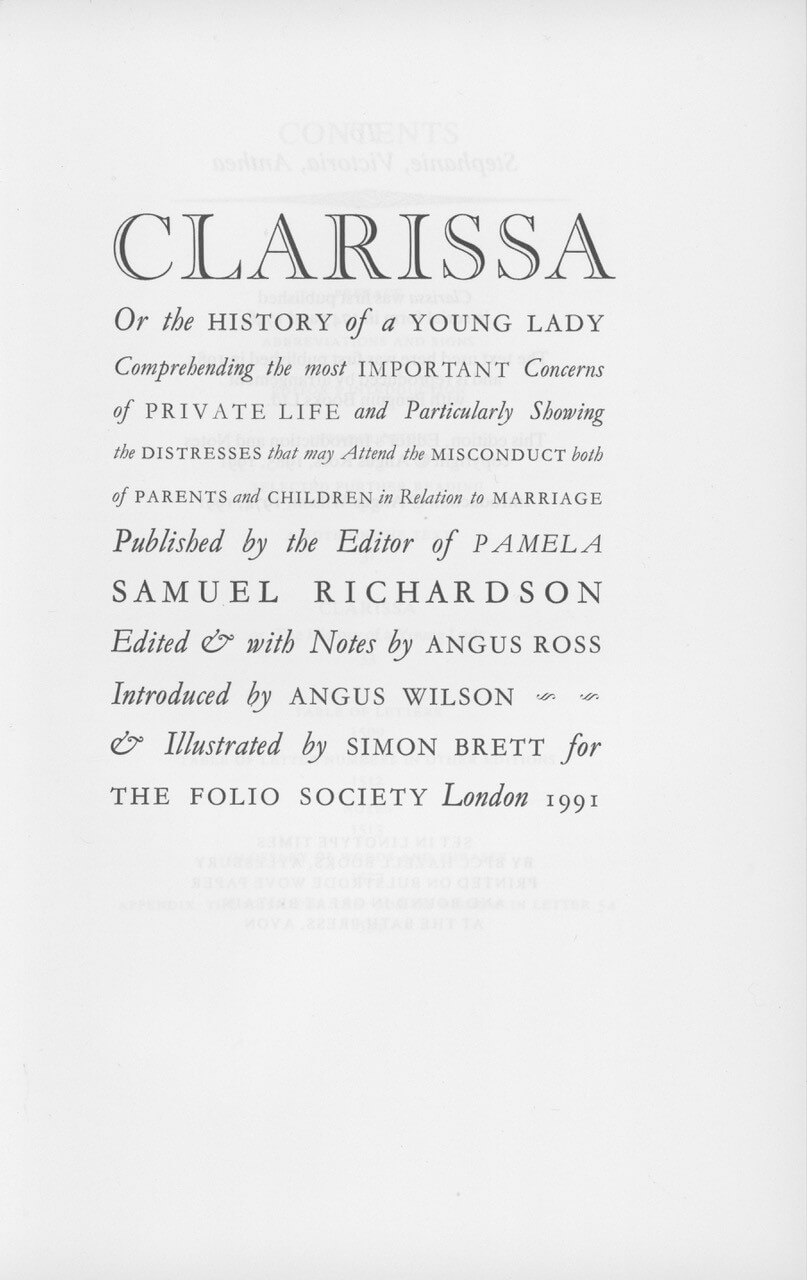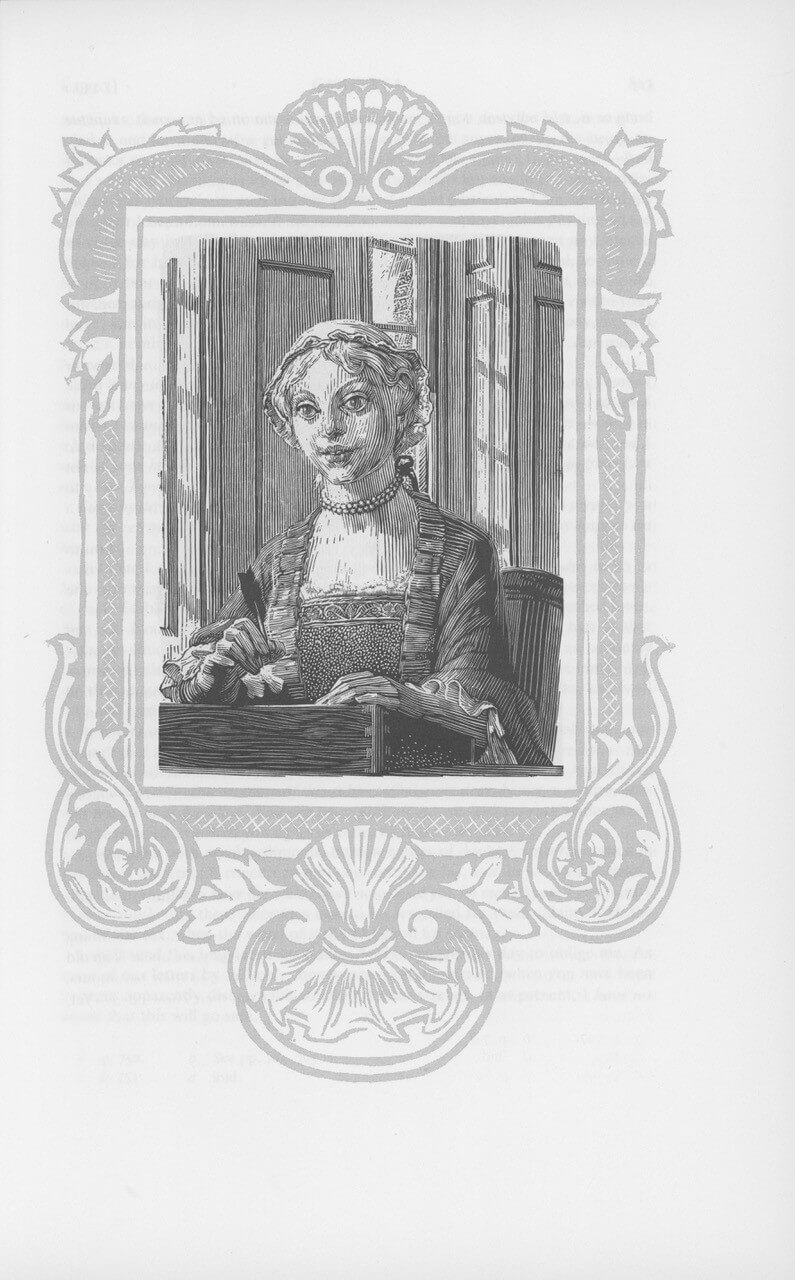This is Part Two of Book Two of Legends of the Ring. It “was most likely composed in Norway somewhere between 1230 and 1250 by a well-travelled or well- read Norwegian, writing in Norse for the culturally flourishing court of Hakon IV.” (Magee).
This Folio Society selection, focussing on the Siegfried story, does not include the whole of the Dietrich saga, but the last in a series of duels is one between the two heroes. The main thread stitches together bloodthirsty battles between the Nibelungs and the Huns. The translation is by Edward R. Haymes.
In my review of The Nibelungenlied I state that “The powerful prose narrative lacks the beauty of the Icelandic poetry of Book one, although it presents the tale in considerably more detail.” https://derrickjknight.com/2024/08/04/the-nibelungenlied/. Maybe the more fluent and attractive prose in this saga of a now familiar story reflects the writing of someone more akin to the Scandinavian Source.
Dietrich is described thus: “He was long-faced and regular of features, light in colour, and had the best eyes of all men, dark brown in colour. His hair was light and fair and fell in curls. He had no beard, no matter how old he got. His shoulders were so broad that they measured two ells across. His arms were stout like a great trunk and hard as stone. He had fair hands. In the waist he was slender and well-formed, and his hips and his thighs were so stout that everyone thought that it was very strange how the man had been shaped. His legs were fair and well-shaped. And his calves and ankles were so stout that they could have belonged to a giant. His strength was greater than any man knew and he himself scarcely tested it. He was cheerful and modest, generous and a giver of great gifts, so that he did not hold back from his friends with gold or silver or treasure or with almost anything they would accept.”

The birth of Siegfried and his fostering by a hind is beautifully expressed: “A hind came along and took the [baby] boy in her mouth and carried him home to her lair. There she had two fawns. She put the boy down and let him drink for her. She raised him like her own young and he was with the hind for twelve months. Then he was as strong and big as other boys four years old.” Growing thereafter into a perfect match for Dietrich. When Mimir found the youngster and took him in “a hind came running up, went up to Mimic’s knees and licked the face and head of the boy. From this Mimir knew that the hind must have fostered the boy. For this reason he did not want to kill the hind and he took the boy and kept him with him. He intended to raise him as his son and he gave him a name and called him Siegfried.”
This is an example of the greater detail given in this saga to the material covered in previous sections of Legends of the Ring.
We also have more details of lengthy individual duels and battles with fast moving action described.
The position of women in this society obsessed with beauty and strong men of honour is somewhat complex. It was a fate worse than death for a man to be beaten by a woman and fathers are always speaking of giving their daughters to valued suitors. Yet queens and wives can be powerful, scheming and influential. We have clear indication of this in Chapter 5 of the saga extracts, The Bride-Winning of Siegfried and Gunther.





The first of Simon Brett’s illustrations to this section of the book has been placed above the relevant quotation. The others are in this gallery.

















